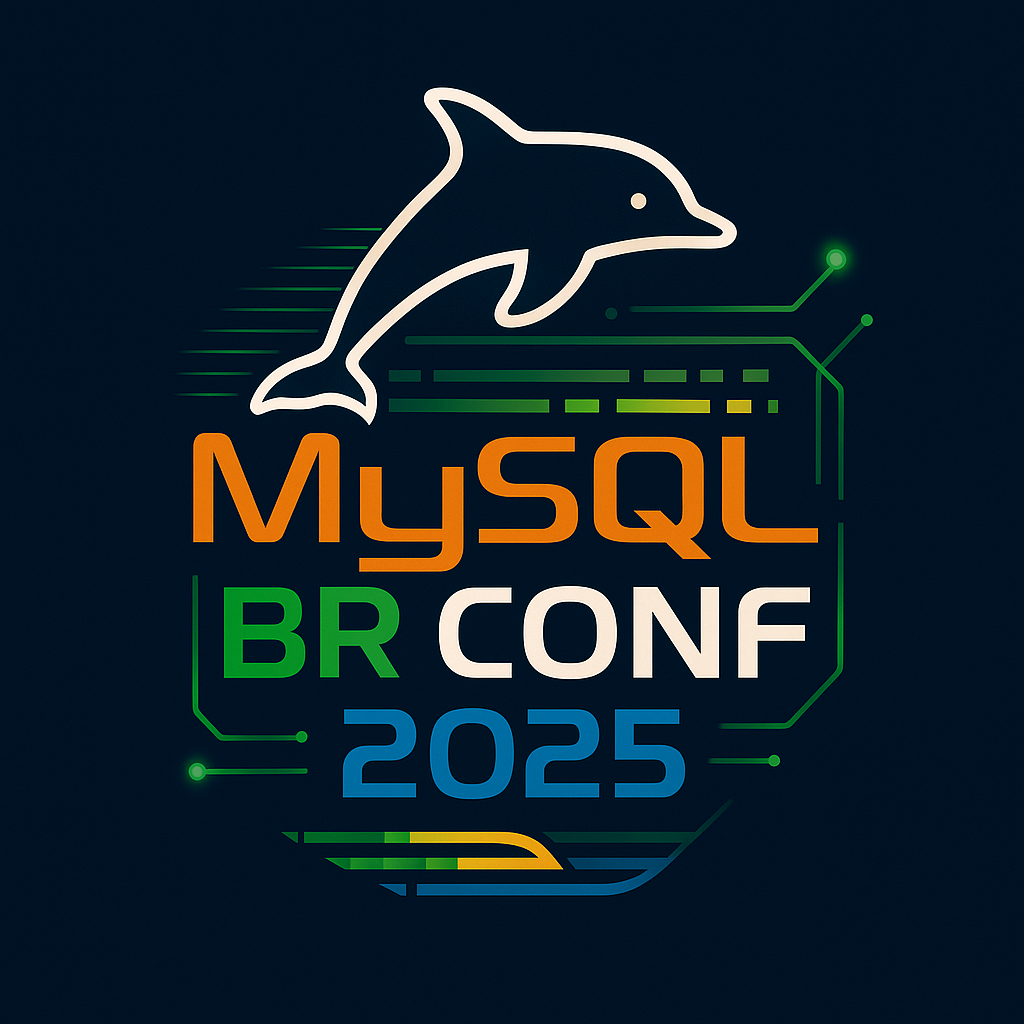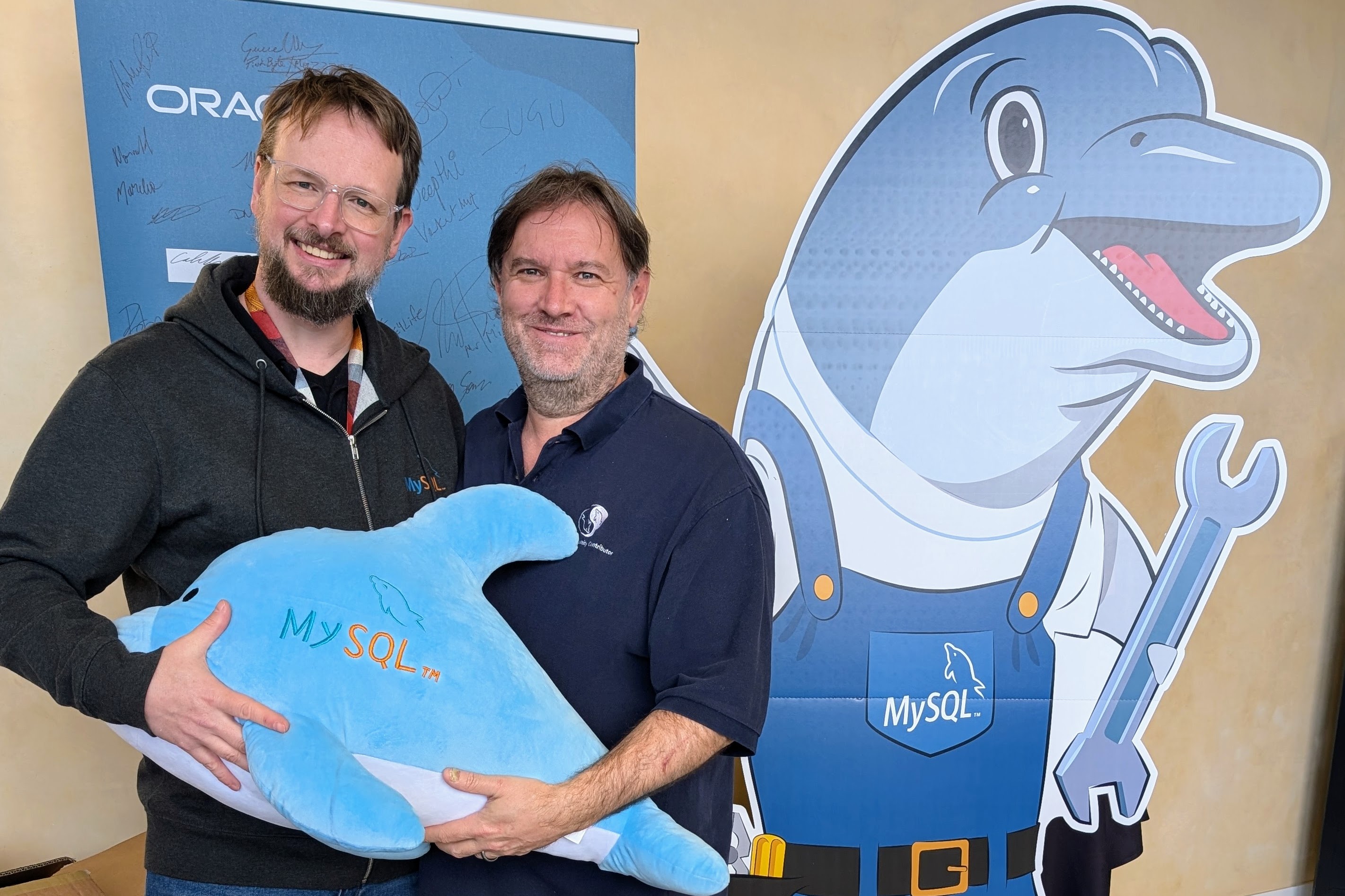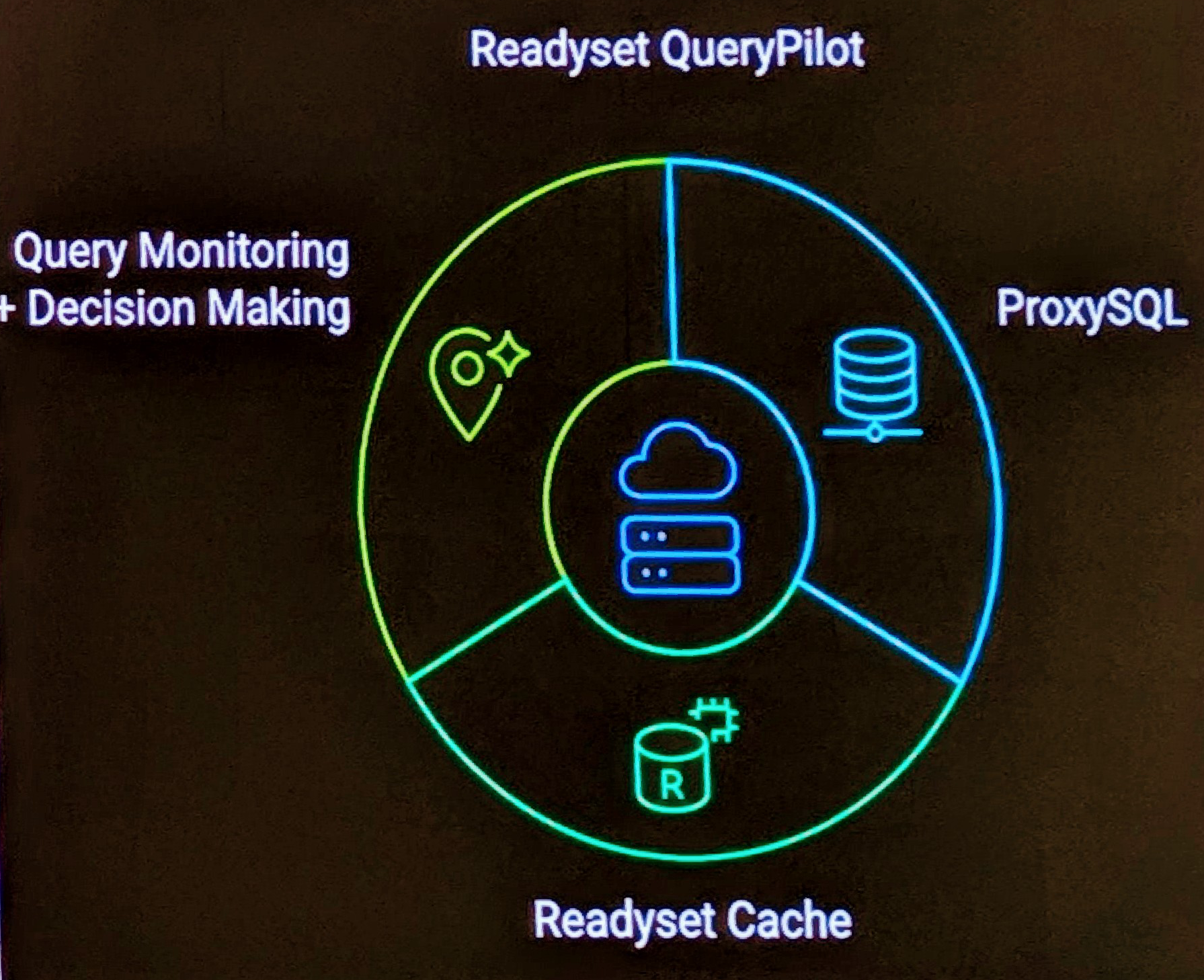 I’ve been using VNCViewer from RealVNC under Linux to remote connect to an older machine running windows. Two reasons, I don’t need yet another screen on my desk, and I need windows to adequately test and use the MySQL GUI products, in particular MySQL Workbench.
I’ve been using VNCViewer from RealVNC under Linux to remote connect to an older machine running windows. Two reasons, I don’t need yet another screen on my desk, and I need windows to adequately test and use the MySQL GUI products, in particular MySQL Workbench.
I never realised there was a better way, particularly over a local network, a command called rdesktop which is capable of natively speaking Remote Desktop Protocol (RDP).
$ su - $ yum install rdesktop
This did only give me version 1.3.1. The current version 1.4.1 available from the rdesktop Website does provide greater commands including the syntax I use.
su - cd /src wget http://optusnet.dl.sourceforge.net/sourceforge/rdesktop/rdesktop-1.4.1.tar.gz tar xvfz rdesktop-1.4.1.tar.gz cd rdesktop-1.4.1 ./configure make make install
Example Usage
$ rdesktop -u <username> -p <password> -K -N -z -a 16 -x b -P <target IP address> </target>
Some additional common options include -d
Comand Syntax
$ rdesktop
rdesktop: A Remote Desktop Protocol client.
Version 1.4.1. Copyright (C) 1999-2005 Matt Chapman.
See http://www.rdesktop.org/ for more information.
Usage: rdesktop [options] server[:port]
-u: user name
-d: domain
-s: shell
-c: working directory
-p: password (- to prompt)
-n: client hostname
-k: keyboard layout on server (en-us, de, sv, etc.)
-g: desktop geometry (WxH)
-f: full-screen mode
-b: force bitmap updates
-L: local codepage
-B: use BackingStore of X-server (if available)
-e: disable encryption (French TS)
-E: disable encryption from client to server
-m: do not send motion events
-C: use private colour map
-D: hide window manager decorations
-K: keep window manager key bindings
-S: caption button size (single application mode)
-T: window title
-N: enable numlock syncronization
-X: embed into another window with a given id.
-a: connection colour depth
-z: enable rdp compression
-x: RDP5 experience (m[odem 28.8], b[roadband], l[an] or hex nr.)
-P: use persistent bitmap caching
-r: enable specified device redirection (this flag can be repeated)
'-r comport:COM1=/dev/ttyS0': enable serial redirection of /dev/ttyS0 to COM1
or COM1=/dev/ttyS0,COM2=/dev/ttyS1
'-r disk:floppy=/mnt/floppy': enable redirection of /mnt/floppy to 'floppy' share
or 'floppy=/mnt/floppy,cdrom=/mnt/cdrom'
'-r clientname=<client name>': Set the client name displayed
for redirected disks
'-r lptport:LPT1=/dev/lp0': enable parallel redirection of /dev/lp0 to LPT1
or LPT1=/dev/lp0,LPT2=/dev/lp1
'-r printer:mydeskjet': enable printer redirection
or mydeskjet="HP LaserJet IIIP" to enter server driver as well
'-r sound:[local|off|remote]': enable sound redirection
remote would leave sound on server
-0: attach to console
-4: use RDP version 4
-5: use RDP version 5 (default)
</client>
I haven’t reviewed the security implications but considering I’m only running in my own internal network, it’s not a major priority.
References
- Official Site http://www.rdesktop.org/
- HowTo http://www.bolander.net/file/linux/howto/rdesktop.html


